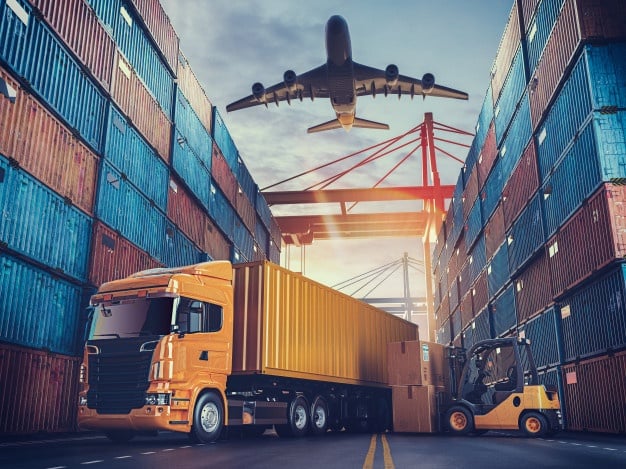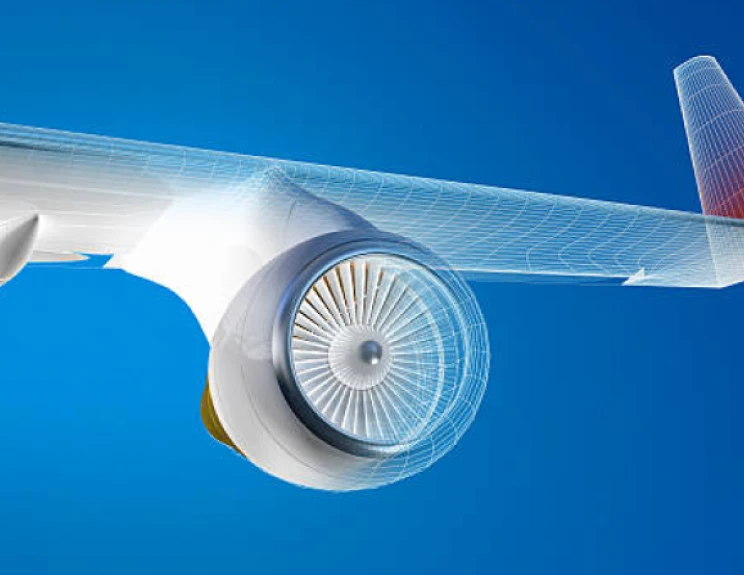
Discover benefits data analytics could offer to logistics enterprises in order to unlock efficiencies and optimize businesses.
Centuries ago, people talked about coal and oil as the most valuable resources. But in the age of information we are living, it is data that drives the economy and creates disruption on how businesses operate. Data analytics has been proving its power in transforming most, if not all, industries, and logistics is one of the domains experiencing widest data adoption and utilization. Information can be extracted from internal and external sources along the supply chain, such as traditional operational systems, sensors incorporated in vehicles, connected devices, suppliers, partners, customers. Here are benefits data analytics could offer to logistics enterprises in order to unlock efficiencies and optimize businesses.
Faster delivery at lower cost
With hundreds or even thousands of vehicles to manage per day, the quest for how to determine the optimal travel routes to minimize fuel cost while still ensuring on-time delivery is always a major concern of logistics firms. One of the most direct results that data analytics brings to the industry is route optimization - the process of determining the most cost-effective route. Routing systems, based on the vast amount of data on shipment information, vehicle capacity, holidays, road quality, traffic densities, crime hotspots and weather conditions, to name a few, calculate the most efficient route and stops sequence for fleets as well as quickly run various scenarios to identify which vehicles (airplane, truck, train or ship) shall be chosen over possible routes and junction points to optimize the whole flow throughout the chain.
With real-time routing solutions, data is collected and analyzed on the fly to alter the delivery routes according to events happening in real time, allowing shippers, drivers and recipients to be immediately notified on any problems arise through stages of the process and remediation alternatives. Apart from updates on weather, traffic congestion, access to each destination, routing intelligence also takes into account receivers’ availability and location, thereby navigating optimal driving direction or guiding drivers to the next best point of delivery to avoid unsuccessful delivery attempts.
Route optimization systems do not only help logistics companies reduce fuel cost, overtime expenses, windshield and planning time, but also brings significant benefits in terms of higher on-time arrival rate, better fleet utilization, higher work efficiency, and as a consequence, increased customer satisfaction.
Logistics Collection:
- Augmented Intelligence for LOGISTICS: Humans and Computers Work in Tandem
- The Need for DX in Logistics amidst COVID-19 Pandemic
- AI Applications in the Maritime Industry
Smarter warehouses
As the first step of the transportation and logistics supply chain, warehousing, in recent days, has been playing a much more significant role than just storing and handling goods. The better warehouses are operated, the more efficient the rest of the supply chain process will be. A warehouse is considered as “smart” when it is enabled with several technologies that could contribute to productivity increase and minimize the involvement of human workers while decreasing errors. Data analytics, combined with automation, Internet of Things and artificial intelligence, gives enterprises a bird’s eye view of the entire warehouse performance and provides clues on how the organizing, loading, carrying and delivering shall be done.
Information collected from sensors helps companies to keep track of parcel movements, detect abnormalities in routes of forklifts and monitor elements such as temperature and moisture, thereby enhancing safety, finding the most efficient route for picking products and reducing wastage of perishable goods. It also provides valuable insights on inventory management as data can reveals which part of the warehouse is busiest, which products are in high demand, should be stored in a place that is easy to reach or when the off-season period is to plan and make full use of floor space.
Further, logistics operators can determine the right quantity of products for each warehouse based on historical and real-time data on customer demand and buying behavior, then distribute and modulate the stock accordingly among locations. For example, when a product is more popular or ordered frequently in a certain area, the closest warehouse to that region shall have a higher inventory of that product compared to those in other places. Of equal importance is that data-related technologies enable companies to optimize the number, location and capacity of warehouses, thus avoiding the waste of invested capital and effort as well as ensuring more efficient warehouse management.
Check how FPT Software helped customers to optimize warehouse operation.
More accurate planning
Great thing about data is that it does not only indicate what occurred in the past and what is happening but also what is likely to happen next, allowing enterprises to better prepare for future events. Over the past few years, the logistics industry has been witnessing the growing use of data analytics to make more precise predictions, also known as predictive analytics. This technique anticipates future behavior by using algorithms to establish patterns based on historical data, thereby enabling companies to create proactive solutions.
Predictive analytics offers market insights on supply and demand, allowing businesses to make more intelligent decisions on planning inventory, shipments, labor and capacity. Utilizing past data and predictive solutions, logistics operators can generate reports on customer preferences, foresee what would be the demand and allocate workforce and resources accordingly. Organizations can also forecast future machine malfunction and make repairs before they even occur, or stall maintenance on equipment that is unlikely to fail in the near future. By catching these issues ahead of time, companies can maximize equipment uptime, reduce delays and rationalize operational costs.
Information exploitation offers massive potential for enterprises in logistics industry to improve efficiency, enhance customer experience and better prepare for future developments. Since the industry is continually growing, the application possibilities of data analytics are nearly unlimited, depending on which path the company wants to follow. But no matter what, there is no doubt that in the years to come, data will continue to take the driving seat in digital transformation journey of logistics providers. And soon a time would come when data analytics stops being optional for the entire business operation.
Are you interested in more articles on Logistics? Click here to learn more!






























